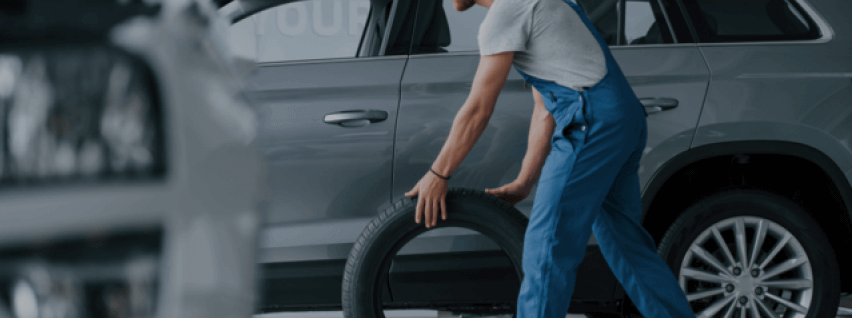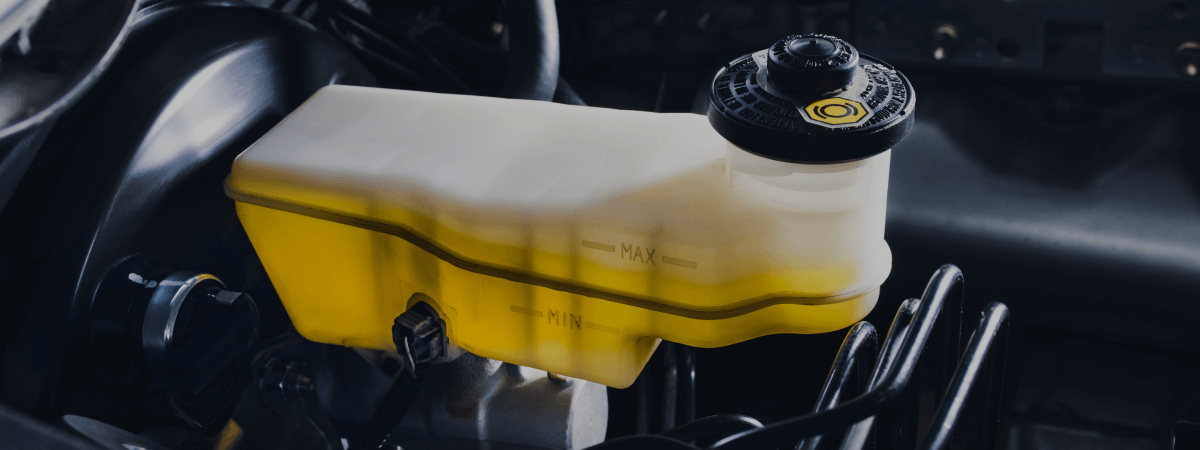
When it comes to cars, there is a variety of terms that are often used but not always understood by many drivers. Among them are torque, turbo, horsepower, and others. This is especially true when it comes to the componentry of an automotive system. Many hear the words “alternator” or “catalytic converter” and feel a sense of familiarity with the word while knowing little about it or where it is positioned on the vehicle. A term often used in most car commercials these days is “drivetrain” or “drivetrain technology.” But what exactly is the drivetrain? As your Ogden auto care experts at Master Muffler, we have a simple explanation for what this fundamental automotive system does and how it carries out its functions.
Drivetrain Function and Components
The drivetrain is the system tasked with providing power to the wheels of a vehicle so it can move. Many of you may be surprised to know that the drivetrain and the powertrain, though often used interchangeably, are not exactly the same. The purpose of the drivetrain is to interact with the engine to move the wheels and other parts of the car, thrusting it into motion. The powertrain is essentially the source of power itself, namely the engine and its components. The drivetrain has a number of fundamental parts. Depending on the car, the drivetrain can look a bit different, but we will discuss a few of the more common drivetrain components.
Transmission
Though many may consider the transmission to be a part of the powertrain, we will include it in our drivetrain list. The transmission of a car can in many ways be compared to the chain of a bicycle. Its primary function is to make sure that the engine is running in time with the wheels and has a number of gears or settings that aid in these efforts.
Driveshaft
The driveshaft is essentially a rod that transmits mechanical power, torque, and rotation provided by the engine to other parts of the vehicle. This component acts as a connection between other parts of the car such as the engine and the other drivetrain parts.
Axles
Axles perform two essential functions. The first is to support the weight of the vehicle. The axles are an integral part of the framework of the car, connecting the wheels and distributing weight evenly between them. The second function is to rotate the wheels. The wheels don’t spin independently from the axle, rather, the axle spins, sending the wheels into motion.
Differential
The differential is a component that allows powered wheels to turn at different speeds. Basic physics and mechanics tell us that when making a turn, the wheels on the right and on the left of the vehicle must travel at different speeds, otherwise, two of the wheels will spin in place to some degree. The differential facilitates the process that distributes power to the wheels unevenly when turning.
Wheels
The wheels are the final component of consideration and the only part of the car that makes contact with the ground. Powered by the powertrain and drivetrain, wheels provide the friction necessary to set the vehicle in motion.
Takeaways
As a single system of constituent parts, the drive train is what the power of the engine leverages for motion. In some vehicles, the drivetrain incorporates several technological elements to keep things running smoothly. Examples of this are automatic transmissions, four-wheel or all-wheel drive vehicles, hybrid drivetrains and more. Because of the intricacies and sensitivities of this fundamental system, it is important to make sure that it is well-maintained. Regular maintenance and tune-ups are always a good idea in order to ensure proper drivetrain health. If you have any questions or are seeking maintenance or repair, come visit us at Master Muffler Ogden today. We have the expertise you’re looking for.
Related Posts
Key Takeaways On average, passenger vehicle tires last 40,000 to 60,000 miles, depending on type, driving habits, and maintenance. Replace tires when tread depth reaches 2/32”, if damaged, or older than 10 years. Regular rotation, alignment, and proper inflation extend tire life. Aggressive driving, poor roads, and harsh weather shorten tire lifespan. Take advantage [...]
When you think about car maintenance, you probably focus on oil changes, tire rotations, and maybe even brake pad replacement. But what about your brake fluid? If you’ve ever wondered, “What does brake fluid do?” or “Why is brake fluid important?”, you’re not alone. Brake fluid might not be the most talked-about part of [...]
Is that high-pitched squeal from your brakes driving you—and everyone else—crazy? Don’t ignore it. Squeaky brakes aren’t just annoying, they’re your car’s way of saying something needs attention. Whether you're cruising through Salt Lake City or winding up Idaho’s mountain passes, here’s what’s likely going on, how you can fix it, and when it [...]





